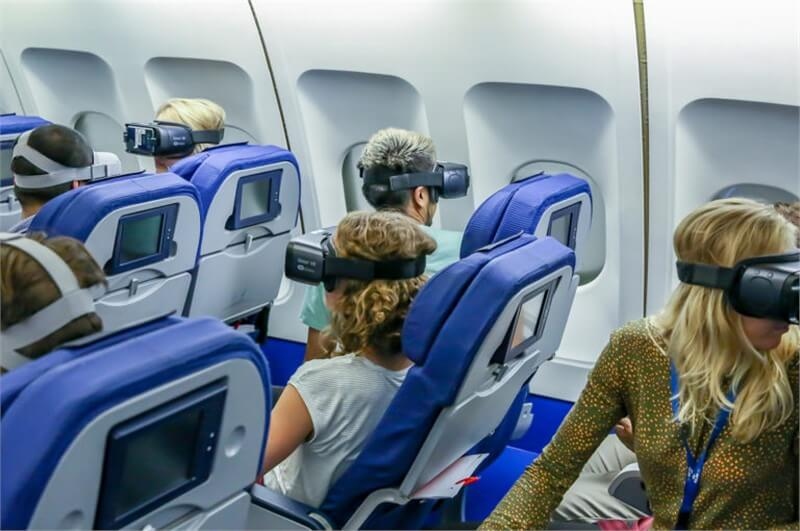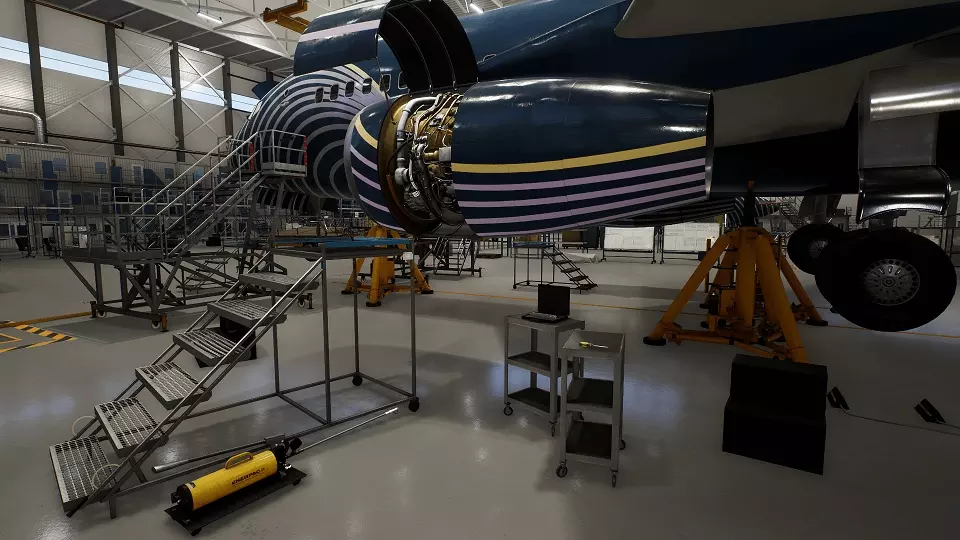Comments
- No comments found

Virtual reality (VR) is proving to be a powerful game-changer in the aviation industry.
Training aviation mechanics is no small task, there are a lot of specifics and things that can be difficult, especially when industry standards are having the average process to train aviation technicians at around 3-months.
This is where virtual reality can come into play to speed up the process. Virtual reality is a great asset for aviation businesses to provide better service and train staff in a more accurate and efficient way.
The solution FL Technics (which is an aircraft maintenance and repair services company) came up with was to develop a virtual learning environment with a lifelike 1:1 simulation aimed to improve the standardized process of training for maintenance crews.
“Globally the industry struggles with the 3-month-long enrollment process needed for aviation mechanics,” said FL Technics CEO Zilvinas Lapinskas in a statement. “So, that’s why we are pushing to shorten that process as much as we can, and we aim to try to get it down to 3 weeks.”
They worked with Boeing to develop a virtual reality module that covers the opening and maintenance of a reverse thrust engine. The module, which is a proof of concept and still in its early iteration phase, has already shown to improve training time by up to 50%.
The development of training modules is no stranger to VR training companies such as VR Vision, as they took the same approach to develop training applications for Toyota.

In their first module, they created the technicians are tasked with a list of processes that they would have to go through in order to handle the maintenance and repair of an engine. Things like opening the engine, selecting the right tools for the job, removing covers and inserting a safety lock, for example, are in the list of tasks for potential trainees.
This shows promise as the VR market is full of POC’s and conceptual training applications, but there isn’t enough conclusive data on the results for improving internal processes for businesses. Hopefully, the training modules developed prove worthy and Boeing or other carriers look to adopt immersive technology that can be used in a meaningful way.
Leave your comments
Post comment as a guest